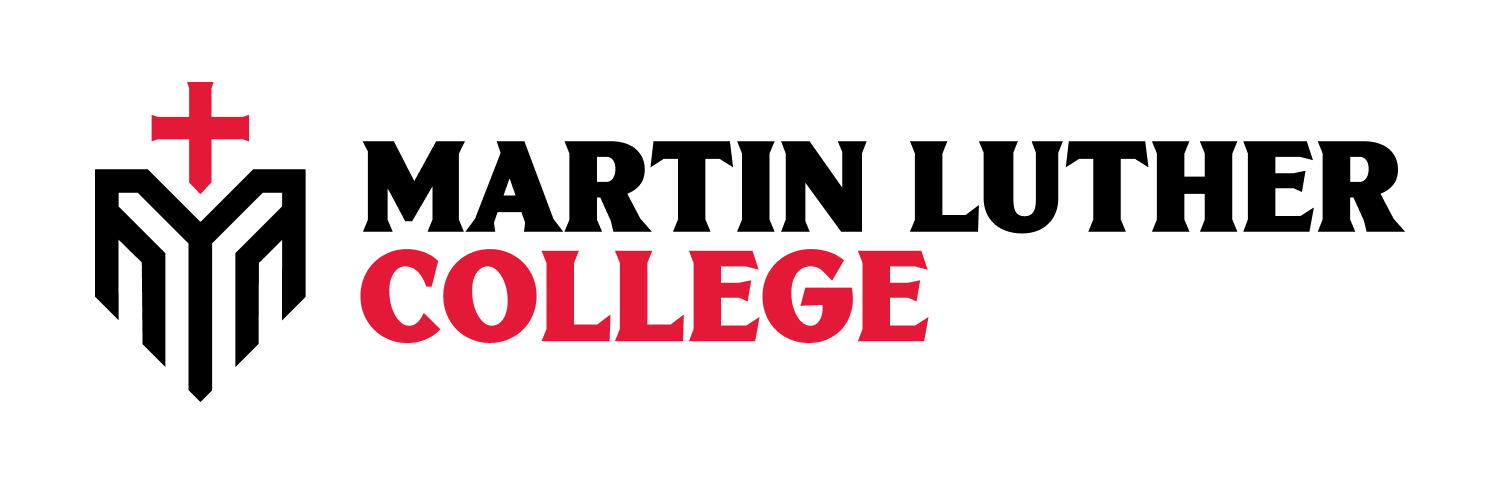Building Competency-Based Education at MLC: A View from the Instructional Designer, Part Two

This four-part mini-series of blogs by our instructional designer, Dr. Martin LaGrow, will share the technical, logistical, and academic approach to building MLC’s first competency-based education program.
CBE: Education Based on, well, Competencies!
In the first post in this series, we have looked at the technical framework of the new MLC CBE program. In this post, we’ll address the academic foundation of the program: the competencies. When the idea of creating this program originated seven years ago, a conscious decision was made to use this philosophical approach with the understanding that our returning adult learners bring a wealth of experience, and we should recognize and honor that with our design approach. The benefit is that someone who has mastered the required competencies through life and work should be able to leverage those competencies to advance through a course or program. In our context, the competencies fall into four domains: knowledge, skills, attitudes, and behaviors that students must demonstrate at a level of proficiency.
How Does it Work?
Allow me an oversimplified illustration. Let’s take the skill of tying knots as a subject of study. A traditionally presented course would have course objectives, weekly content to read/view in the lessons, practice, and then an assignment to tie knots: bowline, slip knot, sheepshank, square knot, etc. One week would be spent presenting a whole class with each knot, spending time on teaching and learning, and then assessing and evaluating. At the end of a week, one learner might get an A on tying square knots, others a B, and maybe even one learner might receive an F because they never mastered it. Regardless, the whole class moves on to the next knot when a new week arrives.
In a competency-based model, a learner might have been a sailor and have vast experience in tying some knots, while another learner may have only ever worn Velcro shoes! The experienced learner might fly through the content and be able to prove she can tie a masterful knot or two in the first couple of days of the course. She demonstrates her mastery and moves on to spend more time on the knots that are unfamiliar to her. At no point does she get an F and fail to tie a new kind of knot; it’s simply time to remediate with the teacher and try again. The inexperienced learner soaks up the content and instruction and attempts each knot until he is proficient and can demonstrate it, moving on when ready.
Thus, it is possible for CBE courses in some subject areas—Mathematics, for example—to be easily adapted for individual learners to operate at their own pace. In other areas, such as Theology, we are careful not to accelerate students through the spiritual training we’d like them to receive. But we do want to ensure that they show proficiency in every competency in the program; there is no ‘failing’ a theological competency, simply wrestling with it until proficiency is reached.
Where do competencies come from?
Alternative Pathway to Professional Licensure Eligibility (APPLE)
For the APPLE program we are building, this was very easy to determine. Just like our students on campus at MLC, it is required that APPLE students pass the Standards of Effective Practice (SEP) established by the Minnesota Professional Educator Licensing and Standards Board (PELSB) and the Teachers of Elementary Education requirements. These standards give us a built-in framework of competencies to measure, and they are already aligned with MLC’s curriculum. These standards can be measured through a variety of assessments based on the nature of the standard. For example, Standard 4.1 says: “The teacher explores and applies instructional design principles to create innovative digital learning environments that engage and support learning.” A learner in our CBE program could demonstrate mastery of this standard by sharing a written plan for a lesson or a video of a classroom activity. The documentation of meeting the standard is assessed, and their success in meeting the standard is recorded.
What about Theology Competencies?
Because MLC has not taught the Theology minor with a CBE approach previously, there was no existing framework of competencies. Thus, one of the first tasks of the instructional designer was to collaborate with the theology faculty to craft them. About 70 competencies were written to reflect the knowledge, skills, attitudes, and beliefs instilled in our Theology minor. These competencies aligned with the Theology program goals and fall into four broader domains:
- Understanding scriptures Christocentrically,
- Applying law and gospel to self and others,
- Embracing and evangelically defending Lutheran doctrine, and
- Serving in all vocations under the cross.
These four overarching domains encompass the individual competencies that have been defined and will be measured across our six theology-focused courses.
A Look Ahead to Next Week’s Post
Now that we’ve looked at the LMS adopted for our new program and the structure of the competencies that will be evaluated, it’s time to take a deeper look into the course design process. In the next installment of this series, we’ll look at the creation of the new modality of courses themselves and even take a peek into the student experience in a CBE course at MLC.



